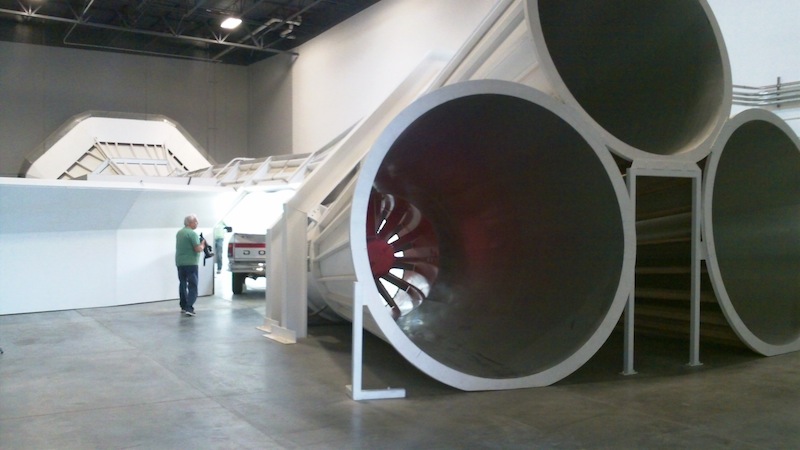Reynolds Number is related to scale.
1/4th to 1/5th scale is the edge of similarity. At 1/10th scale and down, water fudges the Reynolds Number in the other direction. Upside down, with hydrogen bubble streamlines.
The other problem with wind tunnels is blockage, there needs to be free air 4-5x the area of the model/vehicle. Else the effect of the body is compressed (interference drag) and the attached turbulence of the tunnel wall intrudes into and skews the data collected.
edit: Lest it sounds like I'm pontificating, I've been in one at Darko with aerohead and Gumby79.
